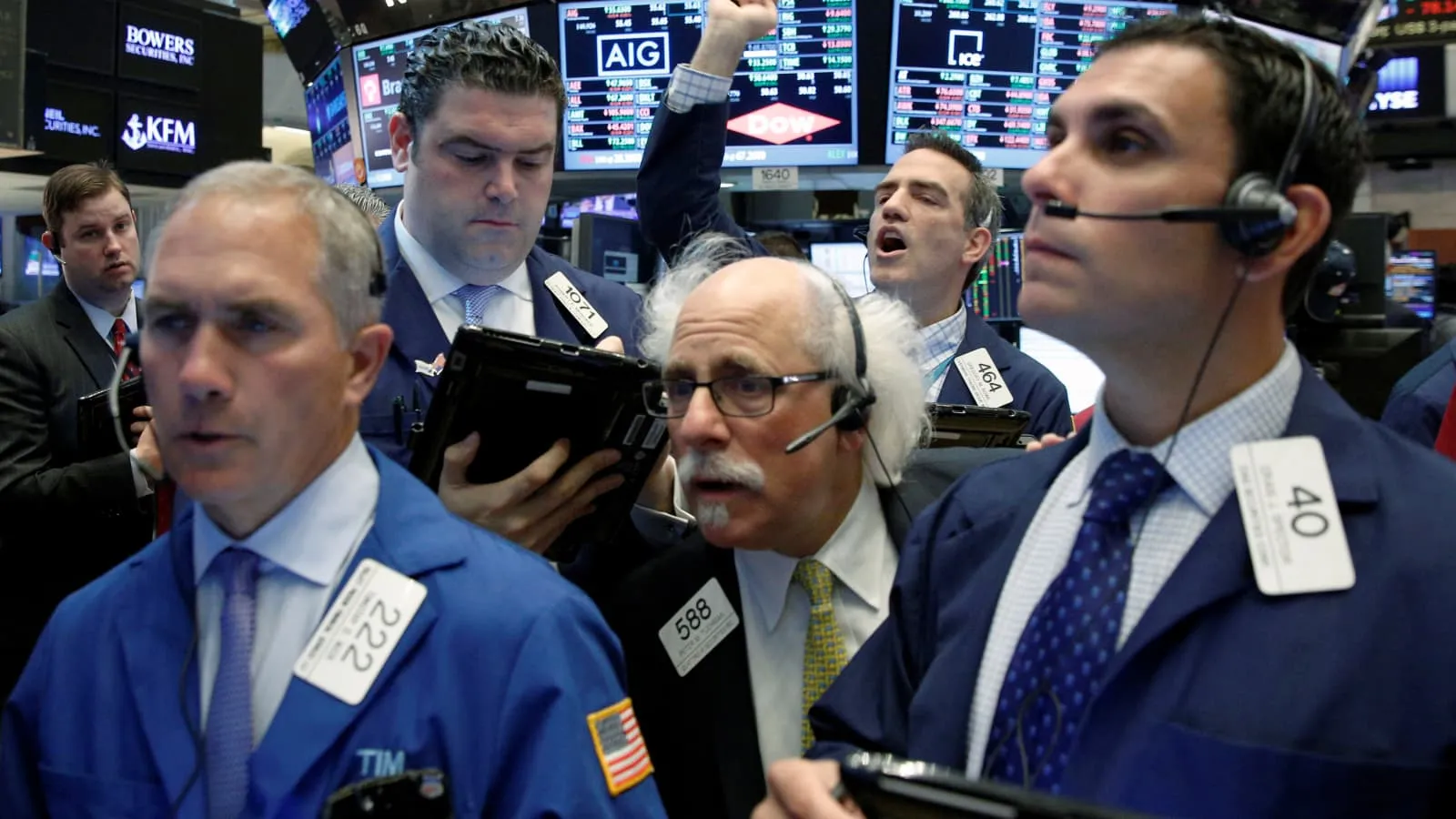Bond Traders Are Watching Inflation to Determine if a Rate Cut is Needed in September
U.S. bond traders are preparing to analyze upcoming inflation data on Thursday for indications of lingering price pressures that might prompt the Federal Reserve to maintain elevated borrowing costs for an extended period.
Treasury prices recovered slightly on Thursday after experiencing losses the previous day when the Fed opted to leave interest rates unchanged. Fed Chair Jerome Powell signaled that investors may have to wait longer than anticipated for the first rate cut this year. Following the meeting, money markets sharply reduced the likelihood of a September rate cut from 80% to 40%.
If Thursday’s release of the Personal Consumption Expenditures (PCE) price index—the Fed’s preferred inflation gauge—shows signs of persistent inflation, expectations of prolonged higher rates could strengthen further. According to economists surveyed by Bloomberg, the month-on-month core PCE reading is projected to rise to 0.3% from 0.2%.
“We anticipated a hawkish tone from the FOMC meeting, and Chair Powell delivered exactly that,” wrote Anshul Pradhan, head of U.S. rates strategy at Barclays, in a note to clients. Barclays has long argued that markets should expect a later start to rate cuts and continues to forecast the first reduction occurring in December.
In the bond market, the U.S. two-year Treasury yield dipped by one basis point to 3.93% on Thursday after climbing seven basis points in the prior session. Overall, the two-year yield has risen more than 20 basis points throughout July. Meanwhile, the 10-year yield also slipped by one basis point to 4.36%.
Despite repeated calls from U.S. President Donald Trump for rate cuts, Powell has resisted easing monetary policy. The Fed chair maintains that the labor market remains strong and inflation is still running above the central bank’s 2% target. Longer-term U.S. inflation expectations, as measured by swaps, have increased by about 20 basis points since April, reaching 2.50%.
The recent wave of new tariffs, with many trade agreements only finalized this week, adds another layer of uncertainty to the inflation outlook. Economic data suggests that companies have begun passing a greater portion of tariff-related costs onto consumers.
On Wednesday, Powell stated that the Fed is “somewhat looking through goods inflation by not raising rates,” implying that temporary price pressures from tariffs are not currently altering the Fed’s policy stance.
Investors are adjusting their portfolios to hedge against potential inflation surprises. Justin Onuekwusi, chief investment officer at St. James’s Place in London, said he increased exposure to Treasury Inflation-Protected Securities (TIPS) last week as a precaution against unexpected price spikes.
“We believe tariffs are inflationary in the short run but ultimately deflationary over the long term,” Onuekwusi explained in an interview. “However, accurately gauging the trajectory of inflation is extremely challenging in the current environment.”
As the market awaits Thursday’s inflation data, traders and analysts will be closely watching for signs that price pressures are becoming entrenched. A stronger-than-expected reading could reinforce Powell’s stance that cutting rates too soon would risk reigniting inflation. This scenario would likely push expectations for policy easing further into late 2025.
Overall, the bond market’s recent movements underscore the cautious mood among investors. While yields pulled back slightly Thursday, they remain elevated as traders brace for the possibility that the Fed will keep borrowing costs higher for longer than previously anticipated.
The interplay between upcoming inflation reports, ongoing trade policies, and the strength of the U.S. labor market will be critical in shaping future Fed decisions and Treasury market dynamics.

Subscribe to our newsletter!
As a leading independent research provider, TradeAlgo keeps you connected from anywhere.








